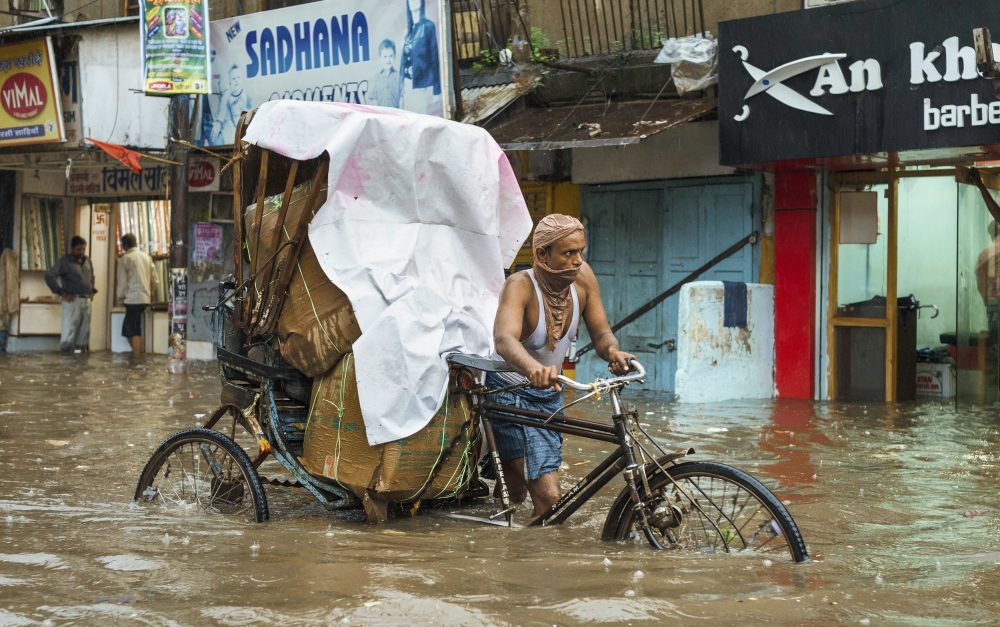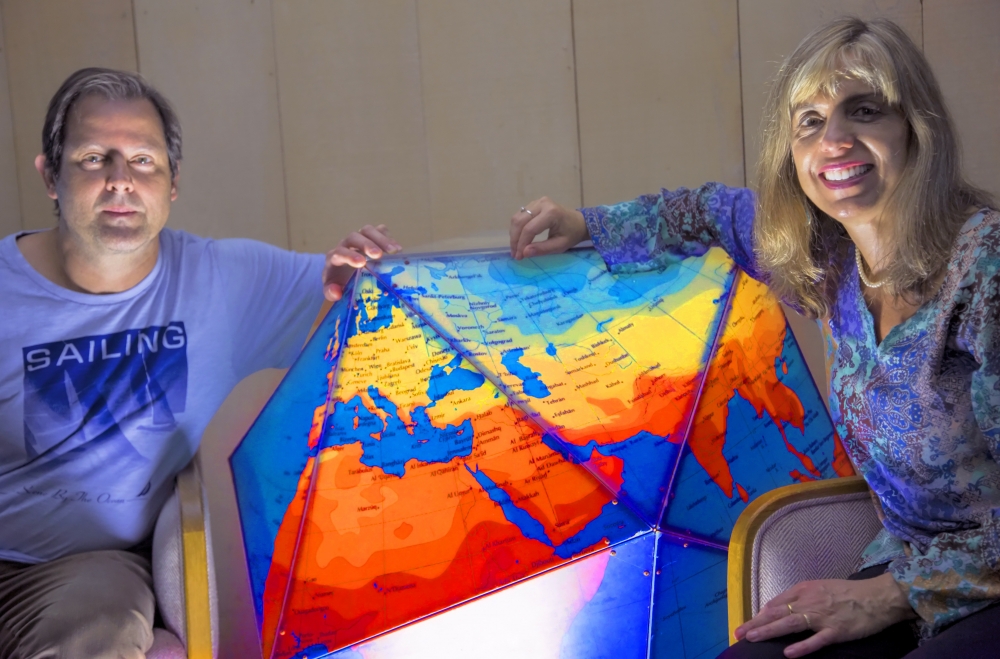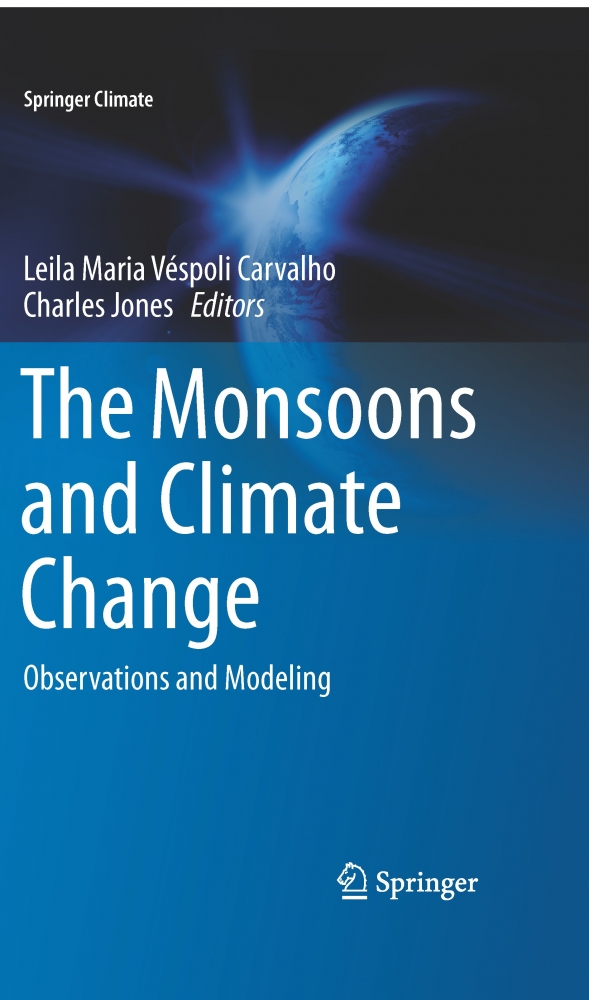
A Climate Change Reality Check


Are extreme weather events the new norm? Listening to the news might make one think so.
Stories abound about exceptional drought, near-record snowfall and potentially catastrophic flooding. Yet according to scientists, precipitation — and even the lack thereof — is a difficult climate variable to fully understand. And then there are monsoons, which can deliver both wet and dry conditions, and are doing so with increasing intensity.
A new book from two UC Santa Barbara climate scientists explores this unique climate phenomenon. “The Monsoons and Climate Change,” edited by Leila Carvalho and Charles Jones, analyzes historic observations as well as the latest data from the Intergovernmental Panel on Climate Change (IPCC). The IPCC assesses the world’s most recent scientific, technical and socioeconomic information relevant to understanding the risk of human-induced climate change.
“Monsoons play a vital role to humans and the environment,” said Jones, an associate professor in the Department of Geography and a researcher at the campus’s Earth Research Institute (ERI). “Often the occurrence of extreme events such as heavy precipitation or droughts can have significant impacts on millions of people who live in monsoon regions and rely on water for human consumption, agriculture, energy and transportation.”
A monsoon is a seasonal change in the direction of the prevailing winds of a region that causes wet and dry seasons throughout much of the tropics. They are most often associated with the Indian Ocean but occur on every continent except for Antarctica.
The book presents a global overview examining monsoon variability in South Asia, Australia, Africa, South America and North America, as well as focusing on glaciers and monsoon systems. Its 11 chapters — some featuring analyses by UC Santa Barbara researchers, including Jones and Carvalho — create a comprehensive picture of how monsoons are being affected by climate change.
“We have strong evidence of changes in monsoons in recent years,” said Carvalho, an associate professor of geography and a researcher at the ERI. “Overall results show that monsoon regimes are intensifying and most of the precipitation is moving toward subtropical regions. That has been followed by changes in atmospheric circulation associated with the monsoons. One robust result we see is a strong indication of drying over eastern South America.”
Jones and Carvalho said one unanimous factor among the various climate change models is a continuous warming in monsoon regions. However, they noted that areas with high topography, such as the Andes and Himalayas, present complications because the models — while much improved over time — still exhibit uncertainties with regard to certain parameters, including clouds and precipitation.
“The monsoons have been investigated for many decades and the understanding of the physical mechanisms associated with the monsoons has progressed steadily over the years,” Jones said. “Yet there are many unresolved questions of how the continuing warming of the planet will affect the monsoons.”



